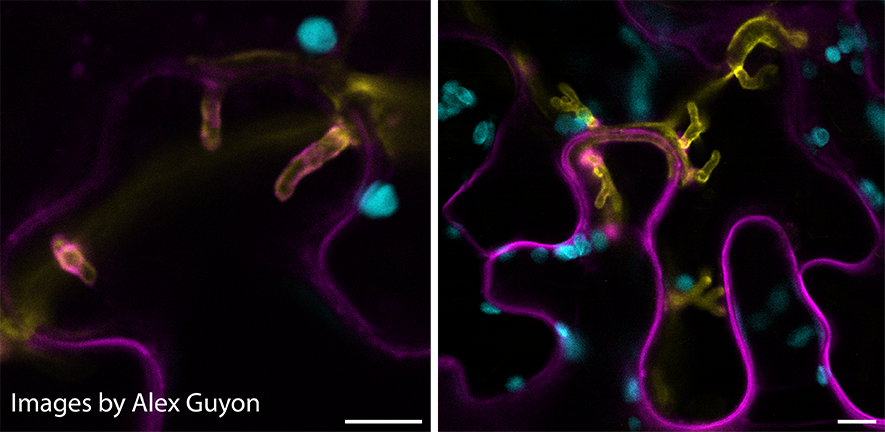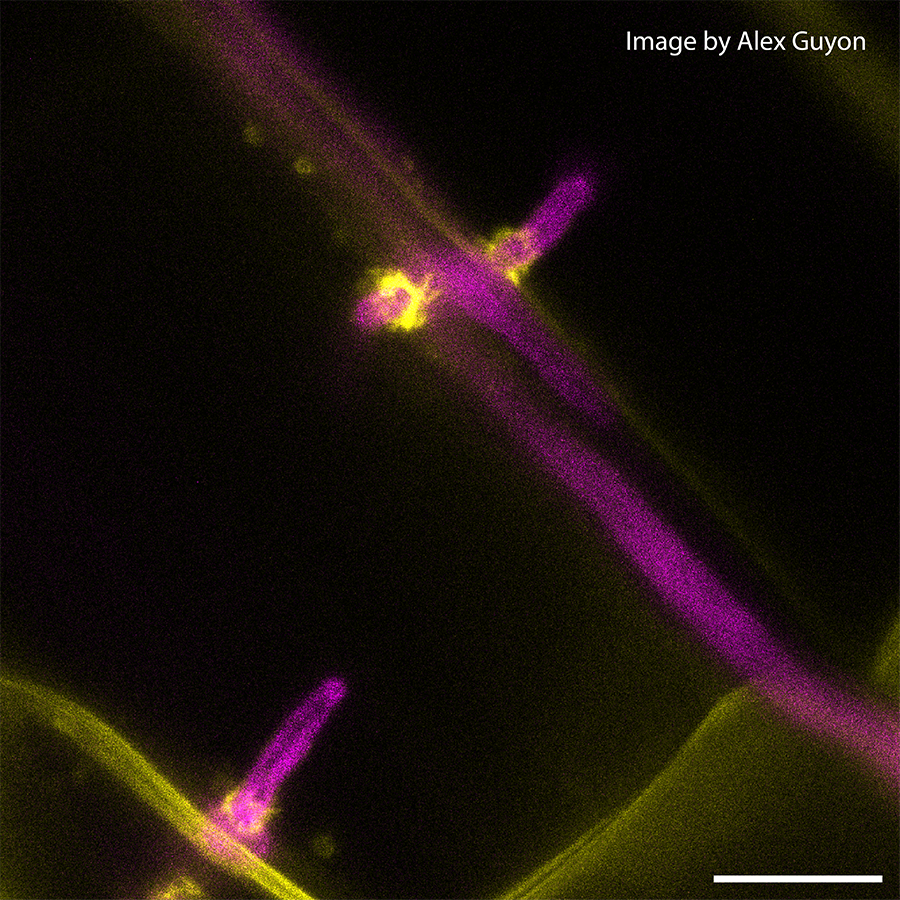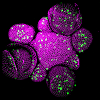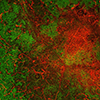
BBSRC's Strategic Longer and Larger grants scheme supports project to pave way for broad-spectrum plant disease resistance by identifying key players in pathogen subversion
Researchers from the Sainsbury Laboratory Cambridge University (SLCU) are collaborating on a £5.91 million 5-year UK research project that will identify how pathogens manipulate host plants to gain entry and then establish inside living plant cells
The UKRI’s Biotechnology and Biological Sciences Research Council (BBSRC) strategic Longer and Larger (sLoLa) grants programme aims to catalyse ground-breaking fundamental bioscience research collaborations that have major impact potential.
This collaboration between the University of Dundee (project lead), James Hutton Institute, Imperial College and SLCU has the potential to lead to a major breakthrough in understanding and therefore preventing crop diseases like potato blight, which threaten food production worldwide.
Plant pathogens are responsible for around 40% of annual crop losses.
Chief amongst these threats are fungal and oomycete pathogens such as Phytophthora infestans, which cause the devastating disease potato blight and was responsible for the Irish Potato Famine in the 1800’s.
Phytophthora produces an infection structure - the haustorium - which is formed intimately within living plant cells. This structure is a battleground where exchanges of virulence proteins from the pathogen, and defence molecules produced by the host take place.
The successful delivery of these molecules by each protagonist determines the outcome of their interaction – successful infection by Phytophthora or effective defence by the plant.
This new study brings together a multi-disciplinary team of world experts who will determine how the haustorium is formed and how pathogens transform it to their advantage. New molecular, biochemical and cell biological techniques will be used to address how molecules are exchanged between pathogen and the host. It is hoped that improving our understanding of haustoria could eventually lead to the development of measures that protect potatoes and other crops from disease.
Dr Sebastian Schornack, who leads a research group at SLCU investigating plant interactions with fungi and oomycetes, said, “Our success will depend on understanding how pathogens manipulate host plants to gain entry and establish haustoria inside living plant cells. Various molecular exchanges between the plant and pathogen influence the plant's susceptibility or resistance and identifying how pathogens subvert the plant’s immune defences will be crucial.”
“Our aim is to understand how the haustorial interface is established and how pathogens transform it to their advantage. We know that there is a lot of molecular trafficking between the haustoria in both the pathogen and plant host, but little is known about the secretion pathways and in particular on the pathogen side and why organelles of the plant are dynamically positioned at haustoria.”
The key goals of the project are to:
- Map transport pathways by which pathogen effectors are secreted at the haustorial interface.
- Determine host immune secretion pathways directed towards the haustorial interface and how they are manipulated by pathogen effectors.
- Discover how effectors are taken up by host cells at the extrahaustorial-membrane (EHM) and released from endosomes.
- Explain how chloroplasts tether to the EHM and how pathogen ffectors subvert their immune functions.
Professor Paul Birch, an expert in plant sciences at Dundee who will lead the study, said, “These infection structures present a real and present danger to crops that are staples of our diet.
“This is a truly exciting opportunity to make major advances in our understanding of how these key infection structures are formed and function. The funding will consolidate the UK’s leading position in this research area. The understanding that is likely to emerge from our studies will provide new ways to prevent diseases that threaten global food security.”







